Sublimation of frozen carbon dioxide ("dry ice") is common at the surfaces of comets when they warm up upon approaching the Sun. This is an artist's depiction of sublimation on a comet's surface.
Click on image for full size
JPL
Sublimation
Evaporation is not quite the correct term to describe what happens to a comet as it approaches the Sun. The correct term is sublimation. The term describes what happens when a frozen material changes to gaseous form. Evaporation describes what happens when a liquid changes to a vapor.
The most common example of sublimation is that of dry ice, which is the common name of frozen carbon dioxide. When dry ice is exposed to the air it begins to sublimate, or change to vapor, before your very eyes. This happens to dry ice because at room temperature the molecules in the ice begin to move so rapidly that they escape the solid and become gases.
When a comet approaches the sun, the comet comes to a region of space where it is warm enough that the ices inside the nucleus become gases. That is when the tails and coma of the comet form.
You might also be interested in:
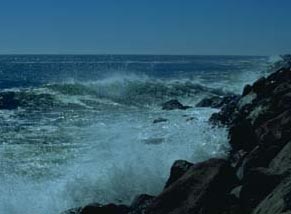
One process which transfers water from the ground back to the atmosphere is evaporation. Evaporation is when water passes from a liquid phase to a gas phase. Rates of evaporation of water depend on things
...more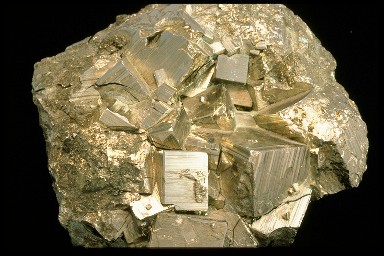
Solid is one of the four common states of matter. The three others are gas, liquid, and plasma. There are also some other exotic states of matter that have been discovered in recent years. Unlike liquids
...more
Carbon dioxide (CO2) is a kind of gas. There isn't that much carbon dioxide in Earth's atmosphere, but it is still very important. Carbon dioxide is a greenhouse gas. That means it helps trap heat coming
...more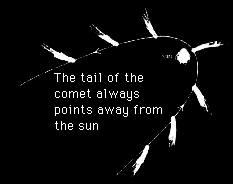
When comets are kicked out of the Oort Cloud, they begin a passage into the solar system, spinning and tumbling as they come. The trajectory which they acquire can be hyperbolic, parabolic, or elliptic
...more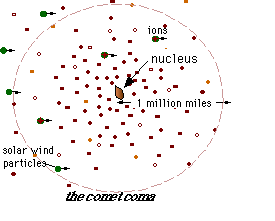
As the ices of the comet nucleus evaporate, they expand rapidly into a large cloud around the central part of the comet. This cloud, called the coma, is the atmosphere of the comet and can extend for millions
...more
When evaporation begins, the gas is propelled from the nucleus at supersonic speed (depicted by arrows in the figure). Because of the low gravity in space, this means that the molecules from the nucleus
...more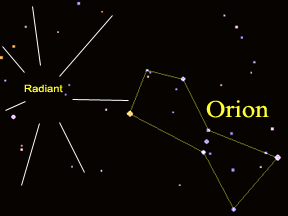
The Orionid meteor shower happens every year in October. Meteor showers are times when you can see many meteors or "shooting stars" in one night. There are several meteor showers each year. Most meteor
...more















